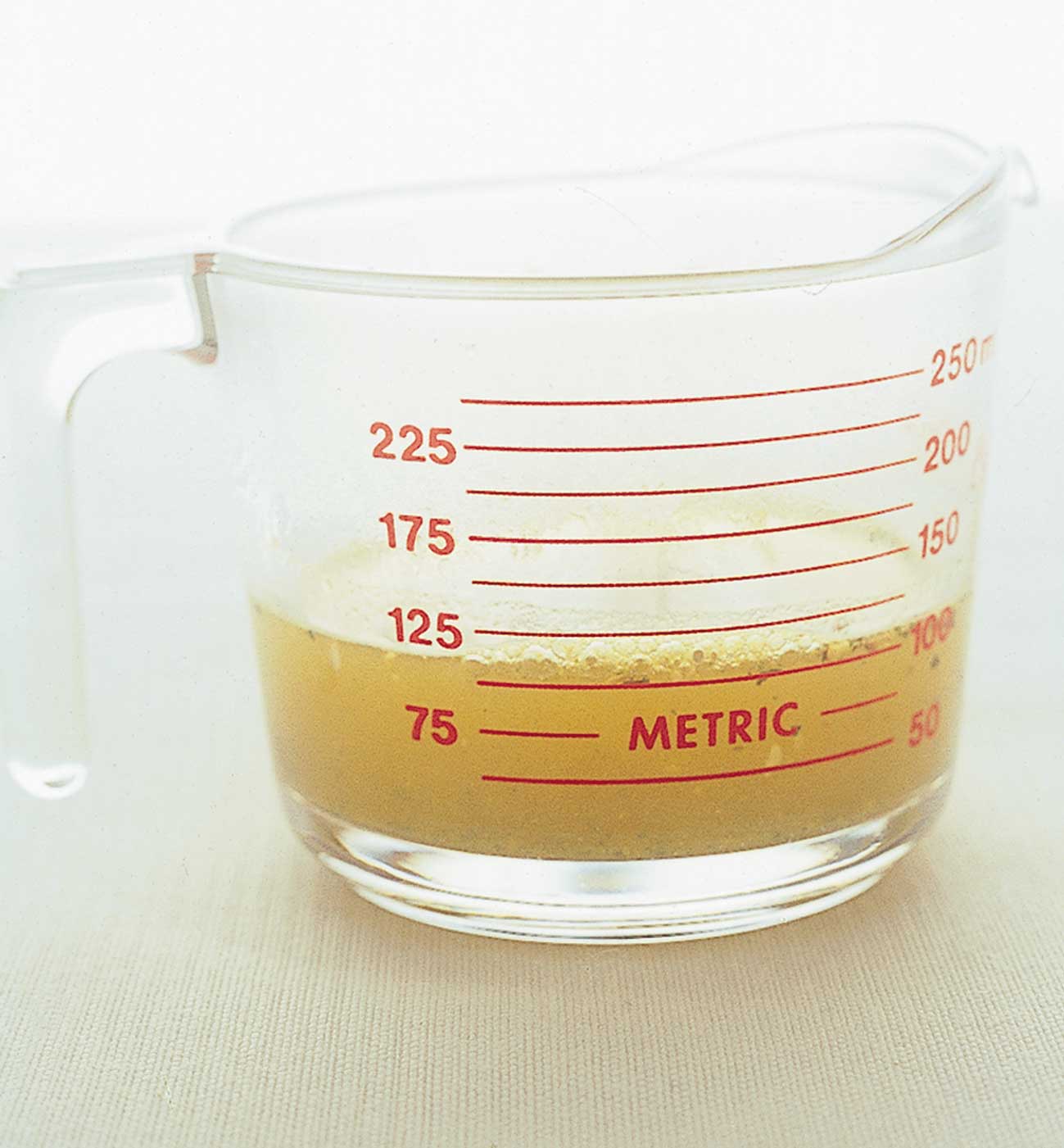Soup fundamentals
_web-min (1) (1) (1) (1)__1622544084_197.95.154.54.jpg)
Soup is such a versatile dish. Serve it as a starter to complement a meal, or a hearty bowl of soup can be a meal on its own. Soups can be warm and comforting during winter months, or cooling on a hot summers day. We cover some soup fundamentals below so that no matter the season, you can combine ingredients to create delicious soups.

Soups are usually classified as either thin or thick soups. Some soups are creamed, where all the ingredients are blended to a smooth texture. Thin soups may be clear or consist of a thin liquid with vegetables and meat. Thick soups are more substantial and often need some form of thickening agent to prevent the solid ingredients from sinking to the bottom.
Stock forms the basis for most soups. Homemade stock is the best choice, but commercially manufactured stock powders and cubes are also good substitutes. Vegetable, chicken, beef or fish stock are all widely available or easily made.

Many soups are often tastier the day after cooking, so if possible, refrigerate overnight and re-heat before serving. Most soup recipes are also ideal for freezing. Thaw and reheat, but take care with soups containing egg yolk or cream as a thickening agent – they curdle easily when heated over too high a temperature. Always reheat soup slowly over a low heat.
Seasoning is important and should be done towards the end of the cooking process. The reason for this is the flavours develop and become concentrated as the stock reduces.
Soup solutions for the perfect soup!
- For excellent flavour: Sauté vegetables and use a strong enough stock. Add more flavour to cooked soup with any one of the following: lemon juice, soy or Worcestershire sauce, sherry, a little sugar, curry powder or herbs. First add to a small quantity of soup to achieve the desired taste and then add to the rest of the soup.
- To remove excess fat: Chill soup and spoon off fat before reheating, or draw a piece of paper towelling over the surface of the soup.
- Soup too thin: Add a starch such as rice or pasta, or make a paste with equal quantities of flour and water, and stir into warm soup. A cooked potato can also be liquidised with soup.
- Soup too thick: Add more stock, water, milk or cream. Sherry, port or wine could also be used.
- Soup too lumpy: Liquidise all or half of your soup. Add other chopped ingredients or rice to "hide" lumps.
- Soup too salty: Add grated potato, or cook a whole peeled potato in soup and remove before it falls apart (it will absorb the salt). Adding breadcrumbs, extra cream or water are other remedies.
Now that you have the low-down on soups, here are some recipes to try: Spicy carrot & orange soup; Broccoli & blue cheese soup, Gazpacho or Pea & mint soup.